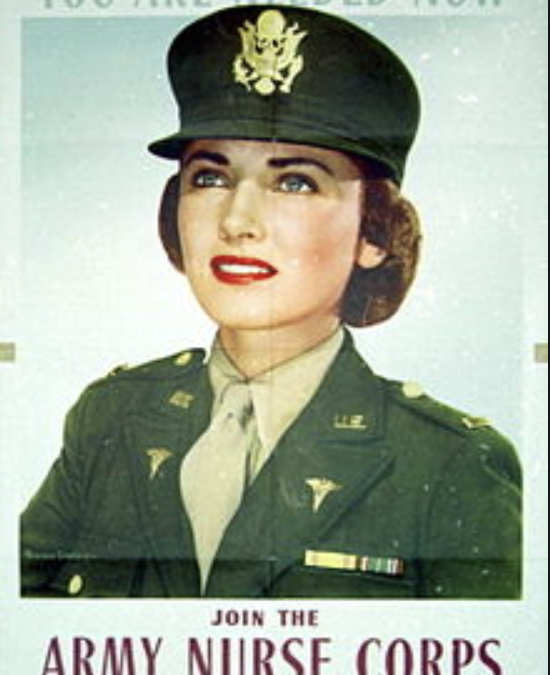There are many First Women in the military, especially since Ashton Carter, Secretary of Defense opened all positions in the military to women beginning in 2016, but there were women involved in our wars before the modern era. During the revolutionary war Sybil Luddington rode to warn of the British troops—and she rode farther and faster than Paul Revere. Others fought, spied, advocated, and supported the war effort. Some, like Sarah Emma Edmonds, Loreta Janeta Valasquez, and Florena Budwin served in the Civil War, disguised as men. Mary Walker even won a Congressional Medal of Honor.
The majority of those who served during the country’s earlier wars, however, were nurses. This tradition began in the Civil War when the “profession” of nursing shifted from men to women. During this period standards were set and women were encouraged to pursue education in nursing. These women broke ground for women who would serve in other capacities in the military in the next century.
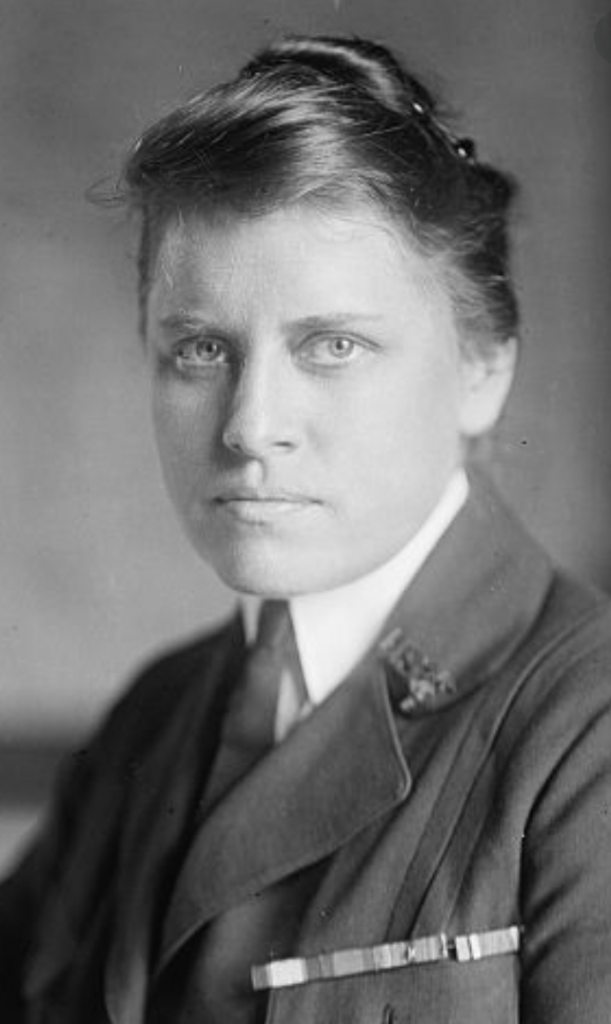
During World War I, there were 21,480 American women serving as nurses in the military, but they could not be officers, command other service members or receive pay equal to that received by men. Julia Catherine Stimson was Superintendent of the Army Nurse Corps during World War I and remained in the military after the war. In 1920 she became the First Woman to attain the rank of Major in the United States Army.
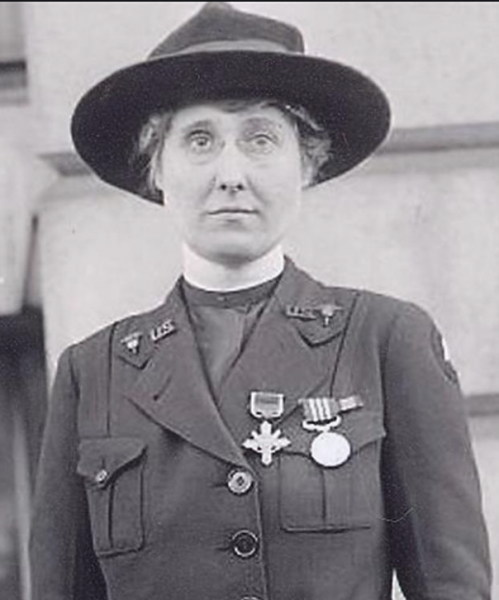
Beatrice Mary McDonald, a nurse during World War I, received a purple heart for her service. She did not receive that award until January 4, 1936, but it was retroactive so she was the First Woman awarded the purple heart, and one of only three to earn the honor during that war.
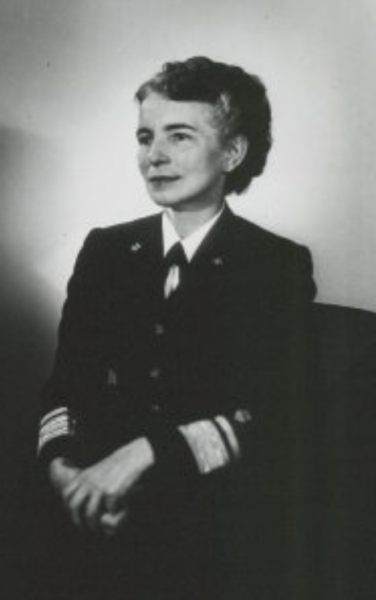
During World War II, the number of women nurses in the military rose to 78,000. As Director of the U.S. Cadet Nurse Corps, Lucile Petry Leone recruited many of these women. After the war, she became the First Woman Assistant Surgeon General of the U.S. Public Health Service. She also was the First Dean of the Cornell University-New York Hospital School of Nursing.
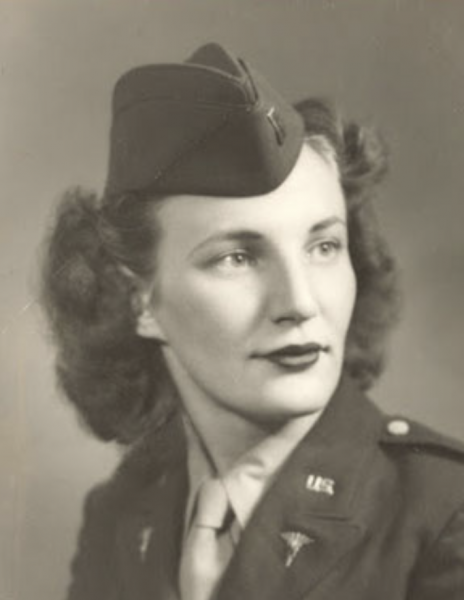
Elsie S. Ott worked as a nurse during World War II. She was a second lieutenant when she rode on a plane for the first time, evacuating five wounded soldiers from India to Washington, D.C. The trip that might have taken three months by boat took only one week by plane. After delivering her patients, she wrote a report that would guide future evacuations, including the advice that wearing a skirt was not practical in this situation. She was the First Woman to receive the Air Medal.
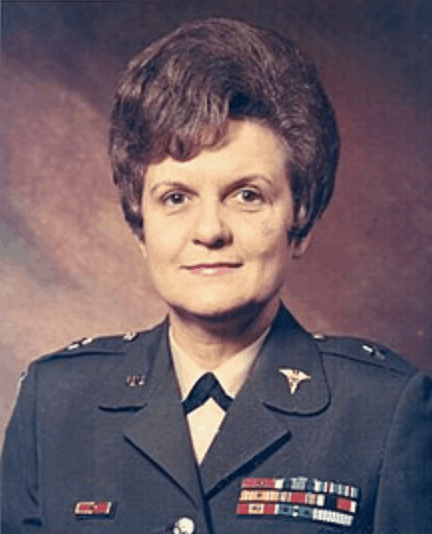
Only after World War II, in 1947, were women fully integrated into the Army and Navy with all right and privileges of commissioned officers. Many were nurses, including the First Woman Brigadier General. Anna Mae Hays, Chief of the Army Nurse Corps, was promoted in 1970.
It was not until the 1970’s that the service academies were opened to women, not until 1990’s that women could serve in air and naval combat units, and not until five years ago that all positions were opened to women.
There are now women generals and admirals, fighter pilots, rangers, and just this week it was announced that a woman is now a Green Beret. All First Women in the military should be recognized, but every woman who serves should remember to give due to the nurses in the military who led the way.
Personal Note: My sister, Stephanie Kilpatrick, nee Genthon, was a nurse who served in Vietnam during the War. She retired from the Army as a Lieutenant Colonel.
